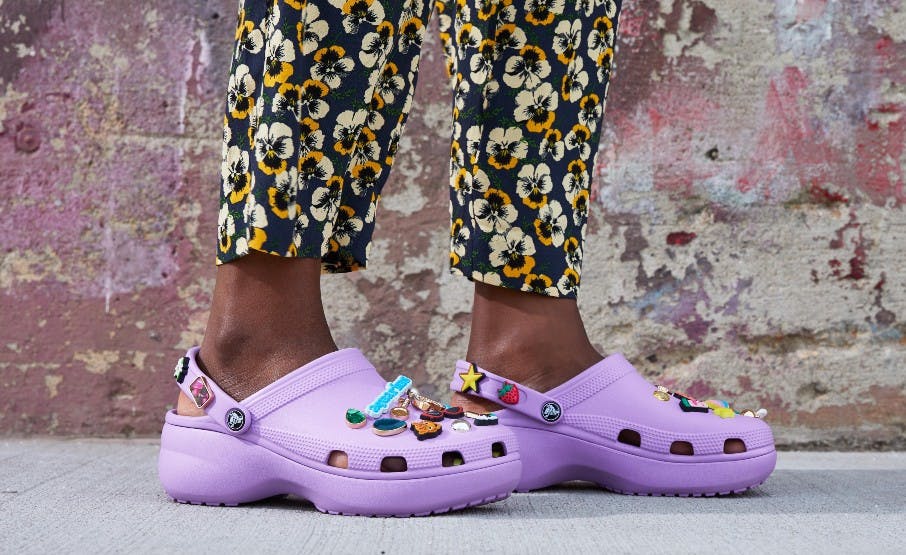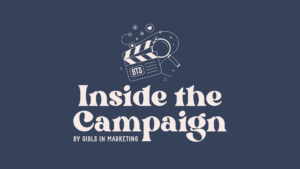From new social media platforms to AI captions, we’re living in a digital age where change is constant and nothing goes unnoticed.
Whether it’s a mishap on the internet or a drop in sales, brands must be prepared to reinvent themselves now and again. A good brand comeback takes creativity, courage, and often requires a new perspective and different way of thinking.
But when it comes to brand comebacks, who’s done it best? Let’s take a look at some of our favourites and how they did it.
Crocs
Love them or hate them, they’ve come back with a bang!
Founded in 2002, Crocs were designed to be innovative boating shoes that worked well on land and in water. Whilst they were praised for being comfortable they were deemed as being far from fashionable due to their unusual appearance.
A brush with bankruptcy in 2009 forced Crocs to rethink their strategy. Over the last few years Crocs has transformed into a cult favourite backed by celebrities, popular brands, and high fashion houses. How? They embraced the hate to create opportunity, media, and interest ultimately going from ugly to iconic.
Crocs partnered with celebrities, including Justin Bieber and Post Malone to name a few, who were existing fans of the colourful clogs to capture the heart of a Gen Z audience. And Crocs have even made their way onto the catwalk thanks to a high profile collaboration with Balenciaga with the intention of pushing the boundaries of the foam design and showcasing its relevance in mainstream fashion.
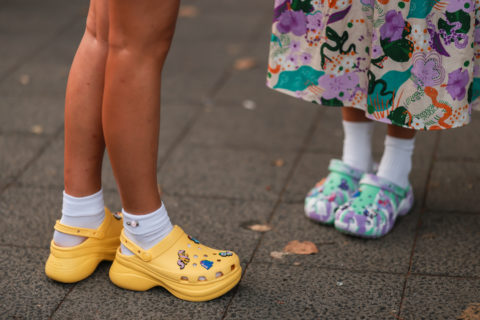
Marvel
Marvel Studios has seen huge success and has become the highest-grossing film series of all time. But would you believe the company filed for bankruptcy in 1996?
After a decline in the popularity of their comic books and unfortunate mismanagement, Marvel auctioned off the rights to some of its prized characters to generate income (think Spiderman, X-Men, and Fantastic Four).
With toy sales in its origin, Marvel sought to make movies as an advertisement for action figures. Beginning with Iron Man as they felt it’d be the toy children would want to play with, Marvel went on to release Iron Man (2008) starring Robert Downey Junior and Gwenyth Paltrow. Doubling down on their own strategy and believing in their potential led to stellar mainstream success.
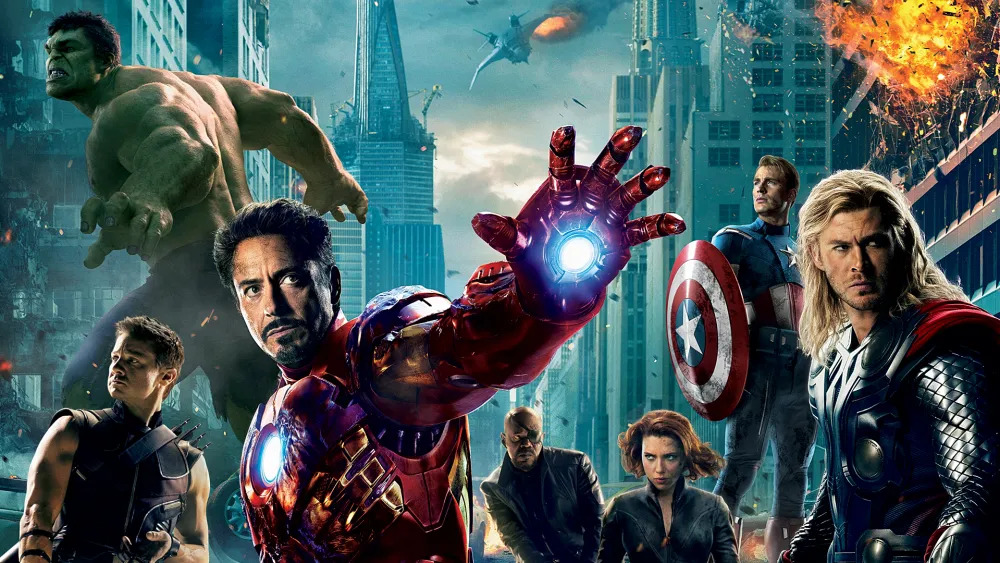
Barbie
According to Mattel, sales of Barbie dolls are expected to increase following the incredible success of Greta Gerwig’s Barbie movie. Barbie was backed by Mattel and a part of the brand’s journey to reinvention breathing new life into the Barbie brand.
Between 2014 to 2016, the iconic Barbie doll began to lose its relevance as many parents felt it was no longer a positive role model for young girls and disconnected from modern culture.
A decline in sales and critical headlines led Mattel to reimagine Barbie, making her more inclusive and inspiring once again. As well as introducing new skin tones, body types, and careers, Mattel moved to develop Barbie across media platforms which ultimately led to Gerwig’s Barbie movie.
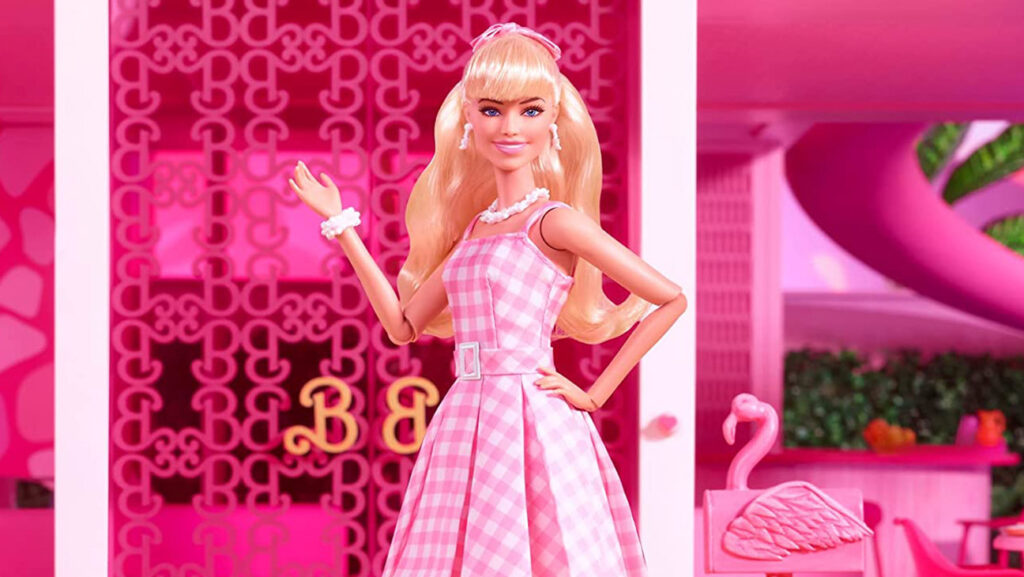
Birkenstock
With the revival of 90s style and the ‘dad shoe’ trend came the return of Birkenstocks to mainstream fashion.
The German shoe and sandal brand are known for their contoured cork footbeds pioneering foot health. Originally sold in American health stores, Birkenstock became associated with hippie culture in the 1970s.
Like Crocs, the brand fell off the market for a while after being deemed unfashionable. But the ‘ugly’ and ‘dad shoe’ trend led to a renowned interest in the brand particularly with Gen Z who found them to be aesthetic and comfortable.
Thanks to social media platforms like TikTok, Birkenstock’s Boston Clog went viral and could be found online for double retail price. According to fashion search engine Lyst, searches for the Boston Clog increased by 593% in the first half of 2022. Transcending into the world of high fashion Birkenstock have so far partnered with Dior and Manolo Blahnik (talk about boujee) to release highly anticipated collaborations.
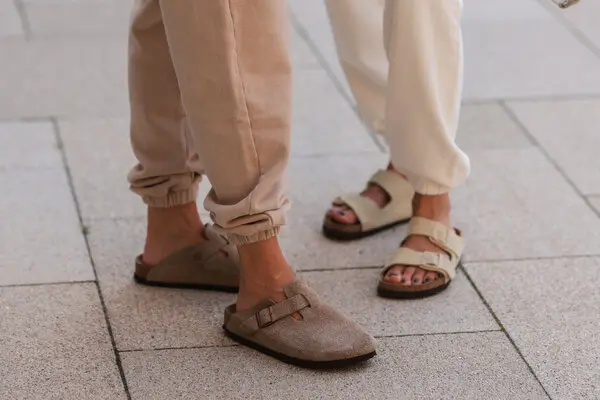
LEGO
LEGO is beloved by all ages and the world’s biggest toy brand with an estimated market value of over $11 billion US dollars. But like other brands we know and love, LEGO has faced its fair share of challenges.
LEGO were forced to break from tradition, have some fun, and get creative after almost facing bankruptcy at the turn of the millennium.
New leader, Jørgen Vig Knudstorp, took the brand back to its roots! He halved production, cut jobs, and sold off their theme parks to concentrate on their core products and hardcore community. Knudstorp encouraged the research team to focus on their target audience knowing children wouldn’t shy away from the truth. And it was at this time the brand realised they’d not been catering to another demographic, adult fans of LEGO. The community were then given their own platform to submit ideas and vote on new potential products, this strategy was extremely successful.
We’re sure you’re familiar with LEGO’s infamous brand partnerships. Harry Potter, Jurassic Park, and Indiania Jones are just a few of the notable franchises the brand has collaborated with over the years.
LEGO’s revival has been described as one of the greatest in history with a book on the recovery, Brick by Brick by Bill Breen and David Robertson, becoming a valuable text for business academics.
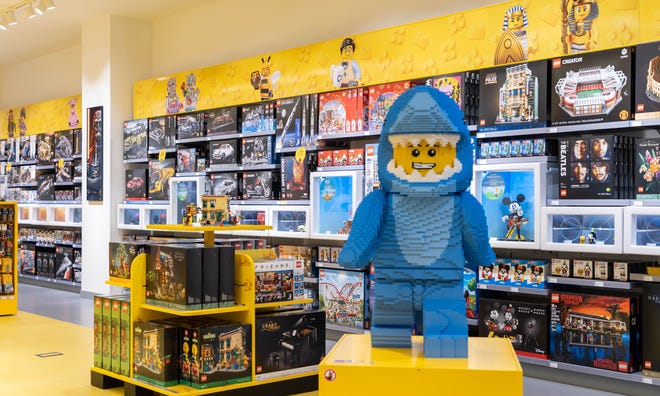
If you’re a lover of all things marketing check out The Girls in Marketing Podcast to hear useful tips and tricks, opinions on digital marketing news, and expert advice from marketing professionals.
